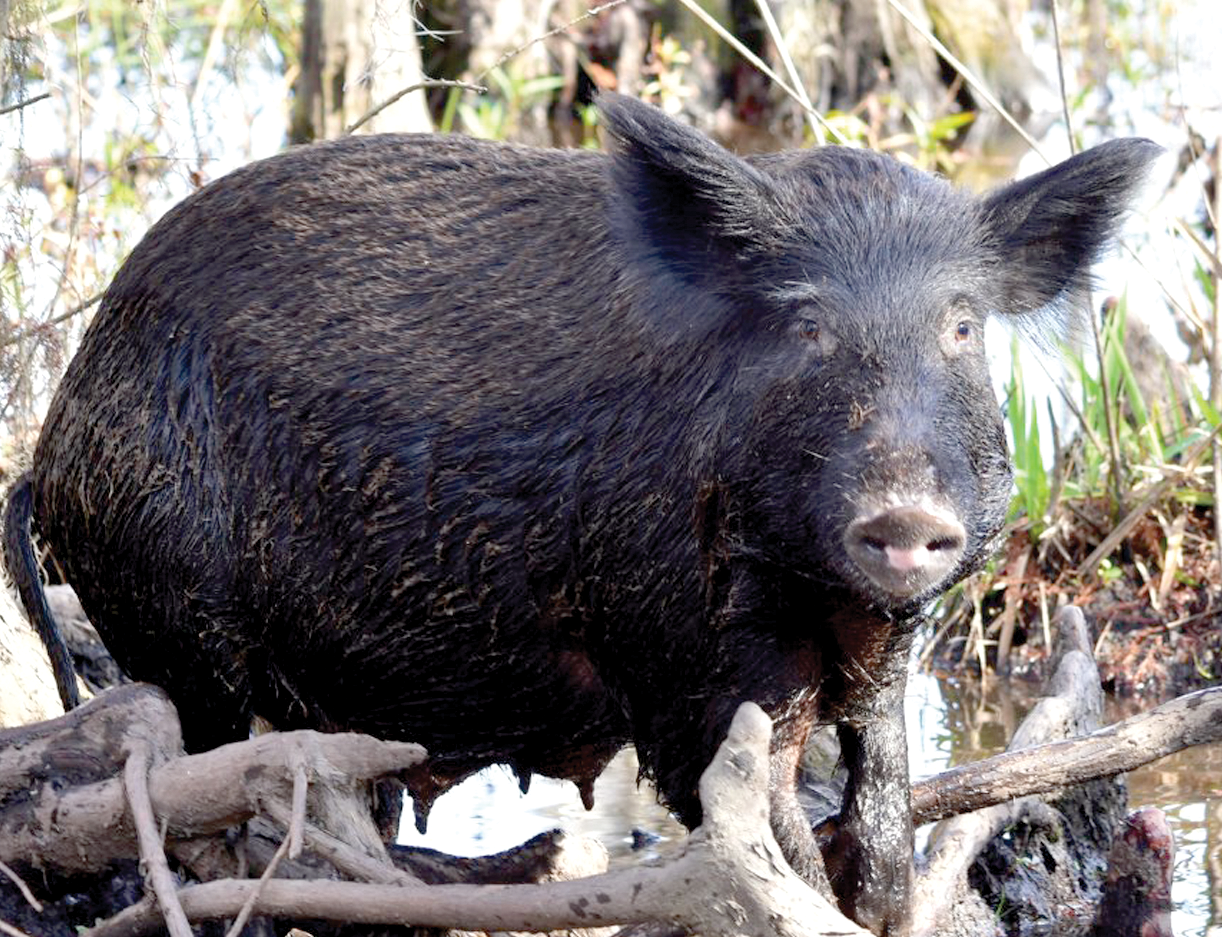“Super Pigs” Threaten to Invade Montana
Montana is among several states being threatened by an invasion of “super-pigs”, according to New Atlas.
The pigs have wreaked havoc in Canada and are on the verge of crossing the border into Montana, North and South Dakota and Minnesota. They have been seen 18 miles from the North Dakota border.
“The growing wild pig population is not an ecological disaster waiting to happen – it is already happening,” said University of Saskatchewan’s Ryan Brook, professor and lead researcher for the Canadian Wild Pig Project.
The US has been home to ‘normal’ wild pigs for decades, but super-pigs are bigger, faster and more destructive, although less aggressive.
Disease is also a big concern.
Saskatchewan scientists have found that super-pigs are expanding their territory by 9% each year, leaving a path of ecological and agricultural destruction in their wake, having spread rapidly across the country, from British Columbia to Ontario and Quebec, in just a few years.
The hybrid animals are more mobile than other breeds, and there’s not much to stop them. Most of the US-Canadian boundaries are continuous farmland or forested landscapes, which can be easily crossed.
In the late 1980s, Eurasian wild boar was introduced for game farming and fenced-in hunting, but when market demand for hunting changed, some were released into the wild. They bred with domestic pigs, evolving an ecological superpower to tolerate supreme cold and a high rate of reproduction, as well as an increase in size. They easily adapt to new environments, free of the habitat constraints and migration challenges that most animals face.
Their prolific breeding and destructive foraging is considered a potential catastrophe for agriculture and the environment.
“Wild pigs can cause soil erosion, degrade water quality, destroy crops, and prey on small mammals, amphibians and birds,” said Ruth Aschim, a PhD student who led the 2019 study. “One of the main problems is the rooting behavior; they upturn the soil because they like to eat the roots and tubers of vegetation. It’s essentially like a rototiller went through an area.”
What’s more, the super-pigs can breed in any season, and sows will have a litter of around six piglets annually. The young are sexually mature in four-to-eight months, and not even a harsh winter can slow them down, as they thrive in the snow, living in ‘pigloos’ underground. They’re also not fussy eaters, and will demolish crops such as corn, wheat, sugar cane and canola, as well as native insects, birds, reptiles and other, smaller, mammals. This is on top of the destructive ‘renovating’ they do by rooting around in the soil.
While it is believed the pigs typically weigh about 250 pounds, a team captured and weighed a pregnant sow to discover she weighed 683 pounds.
And while the super-pigs aren’t aggressive unless threatened, they do bring with them a sizeable pathogenic risk. Disease is a huge concern with wild pigs. They’re reservoirs of not only African Swine Fever, but 39 other viral and bacterial diseases, as well as parasites. They can be transmitted to domestic livestock, wildlife, and humans.


0 comments